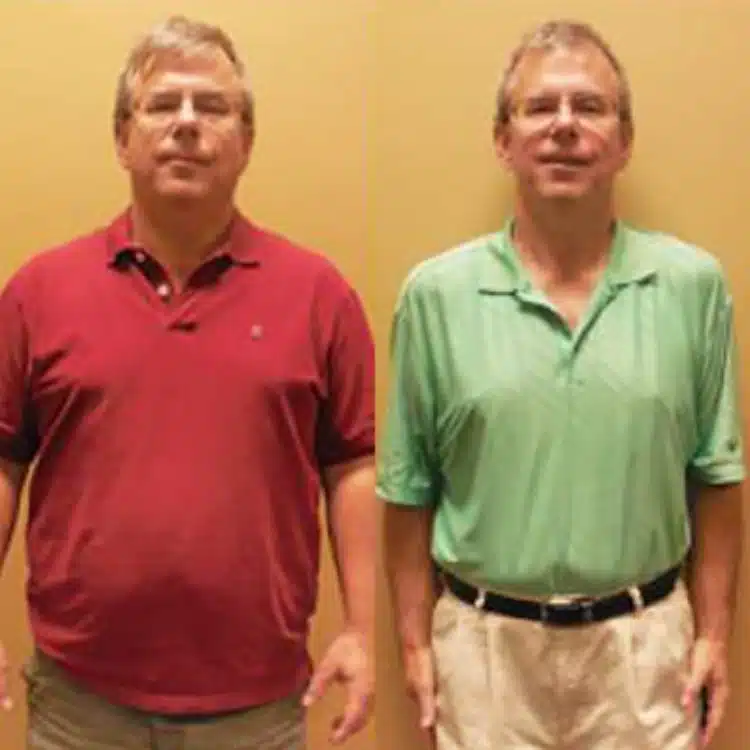Comments on article NASH rapidly overtaking hepatitis C as cause of liver cancer
BY BIANCA NOGRADY FROM THE JOURNAL OF CLINICAL AND EXPERIMENTAL HEPATOLOGY
I recently read this article and it struck me as something we should be paying more attention to.
Definitions
“NAFLD” describes hepatic steatosis with hepatocyte fat accumulation in a liver without inflammation.
“NASH” describes fat accumulation, hepatic inflammation and hepatocyte injury with or without fibrosis or cirrhosis.
Facts from the Article:
- NAFLD develops in the absence of significant alcohol abuse, hereditary disorders or causative medications and is often associated with obesity.
- The prevalence of NAFLD in the US is estimated to be 30-46% and is the most common form of liver disease in Western countries.
- The clinical predictors of advanced fibrosis in NAFLD include: hypertension, diabetes mellitus and visceral obesity.
- In 2015 NASH was the number one indication for liver transplantation in patients aged <50 years (surpassing HCV infection)!
- Weight loss of 3% can decrease hepatic steatosis (NAFLD), 5% can decrease inflammation (NASH), 7% can resolve NASH and 10% can regress fibrosis!
As Obesity Medicine physicians, we see patients with NAFLD/NASH every day. I have seen many patients with elevations in LFTs that normalize within several months of treatment. Not to mention the resolution of hypertension and DM2 as risk factors for NAFLD/NASH.











